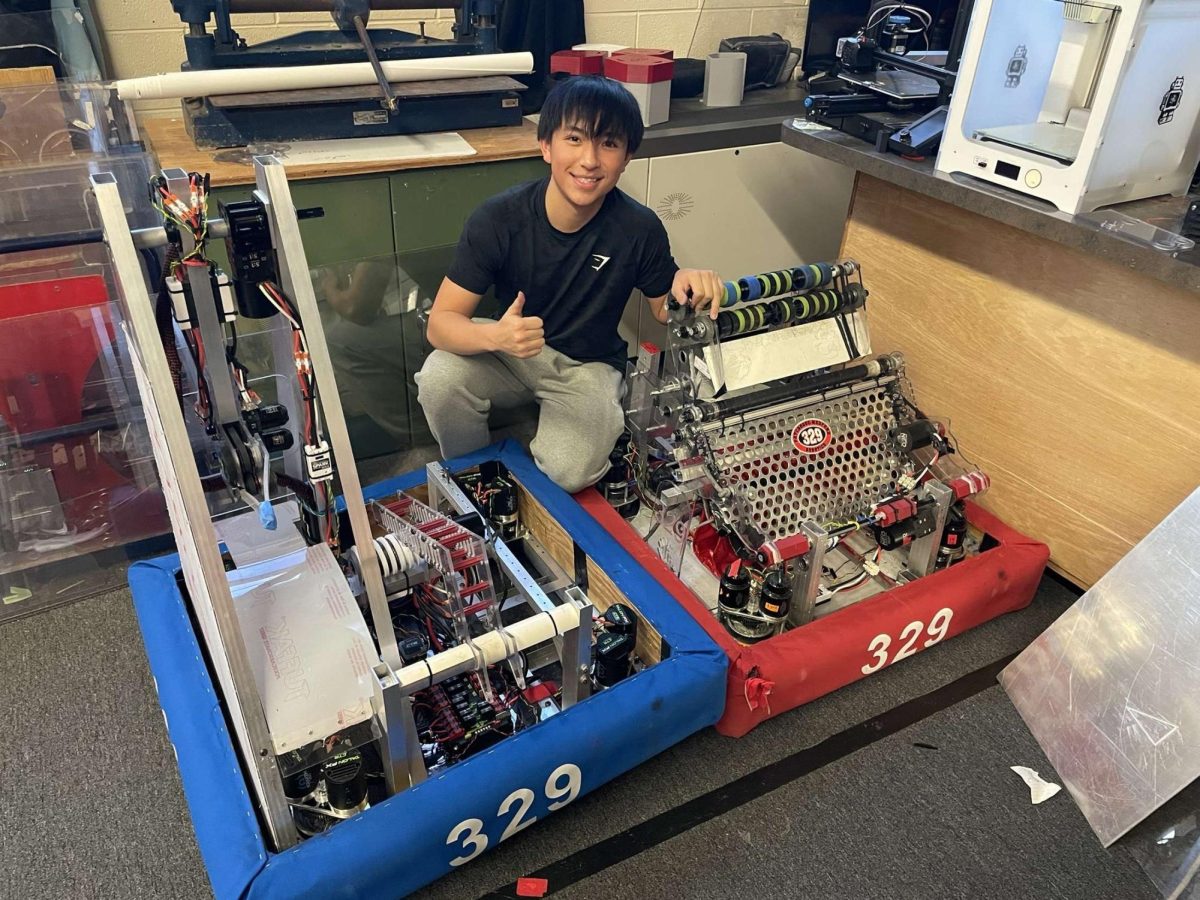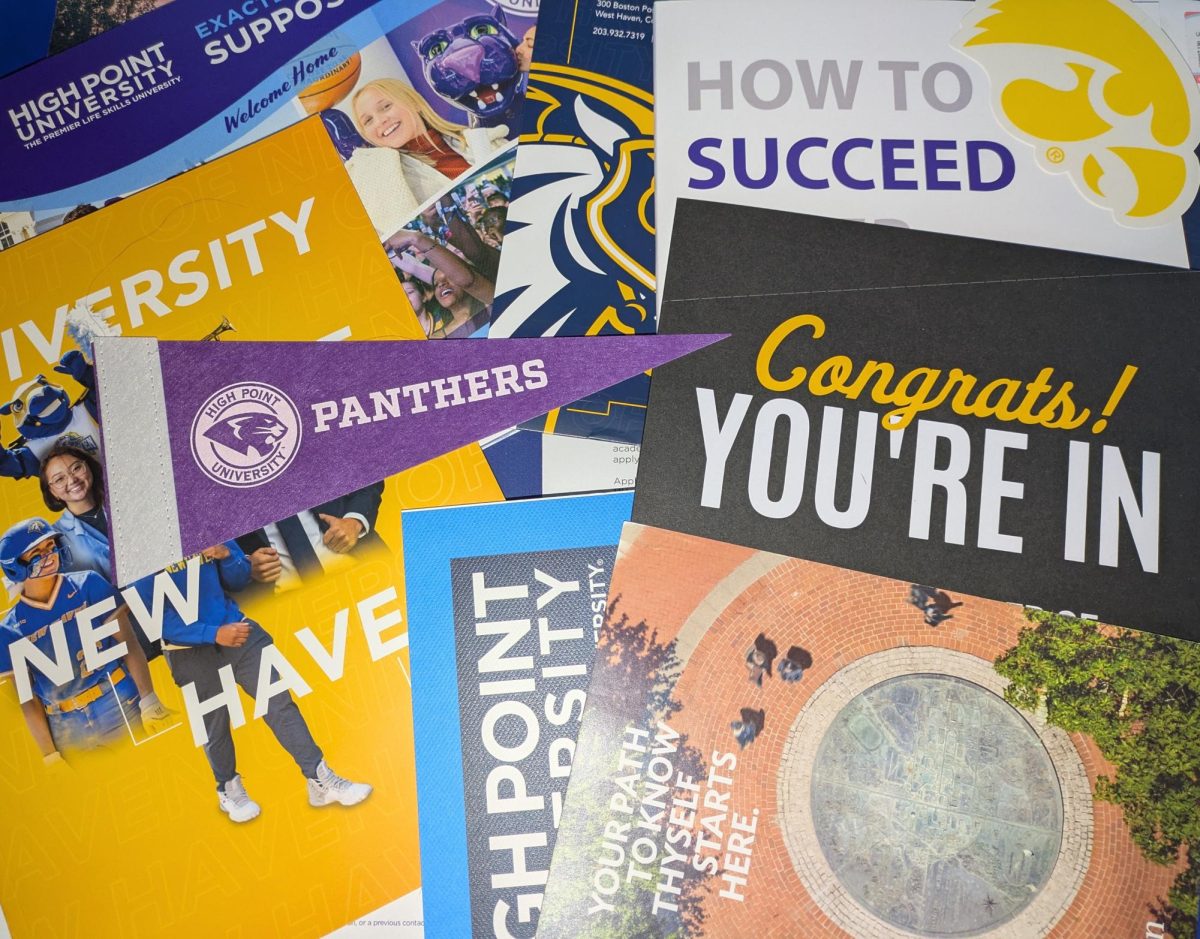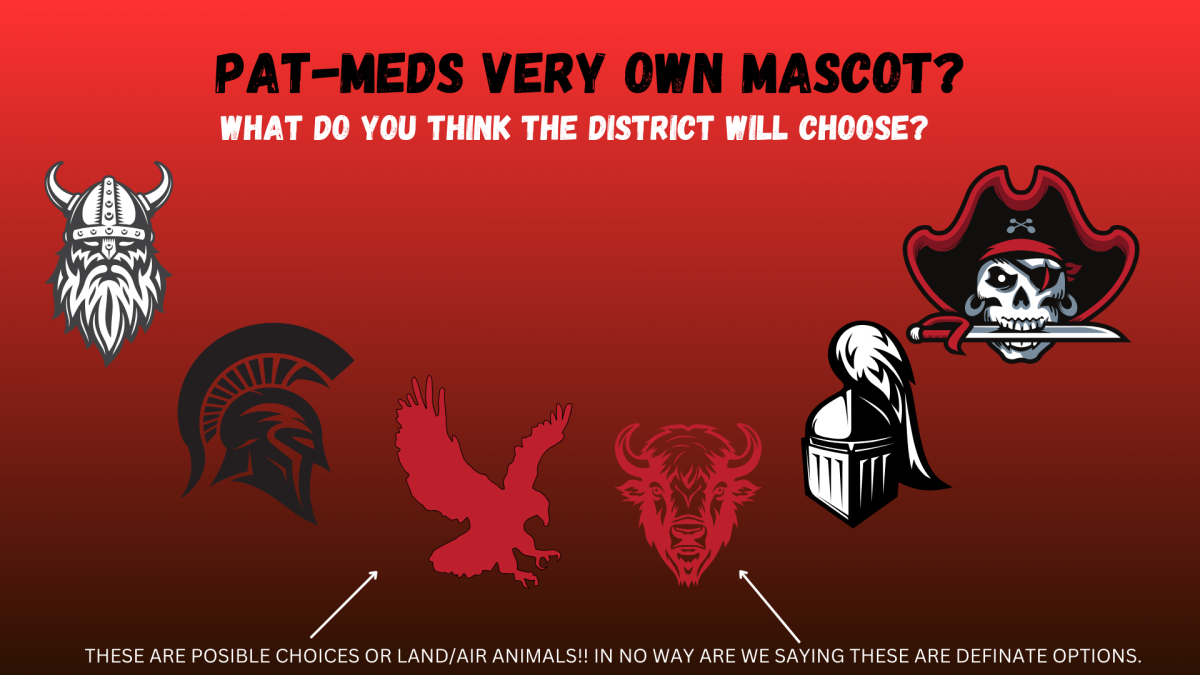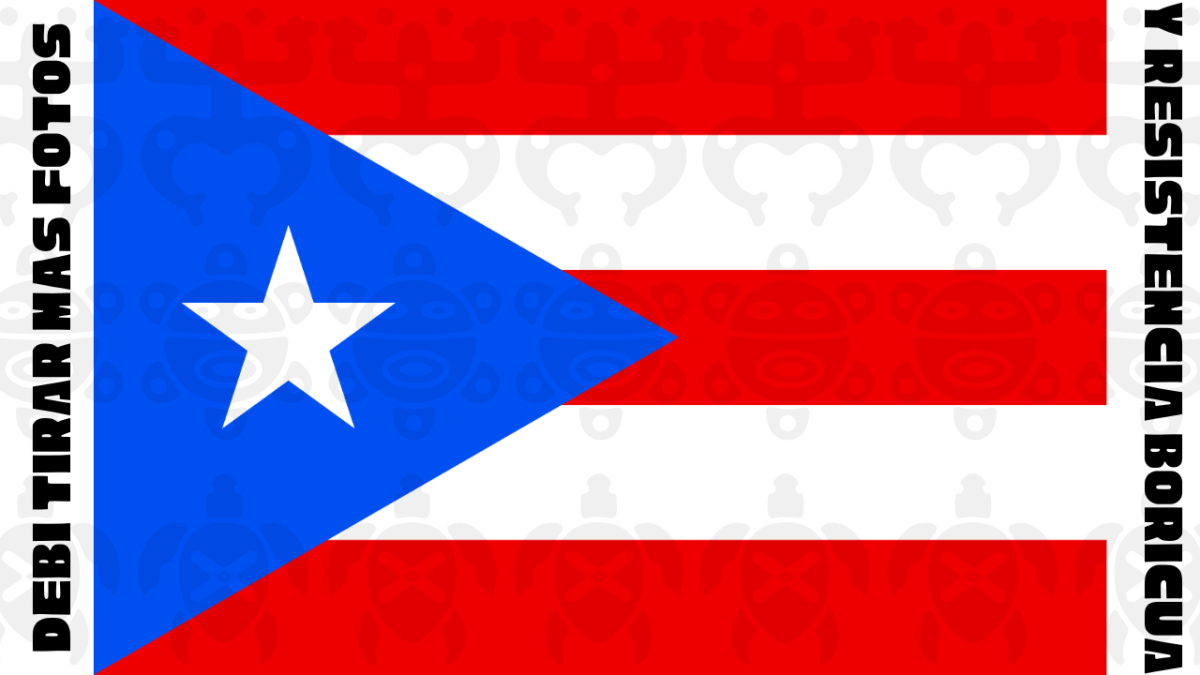New York State is rooted in a rich Native American history, with the first Native tribe arriving in the Adirondack region some 2,000 years ago. In the present day, New Yorkers pay homage to this history in diverse ways, with one being the use of Native names and images in schools for mascots and logos.
This practice, though, has stirred controversy, some feel that the use of Native names and images is offensive to their culture, sparking tension between aggrieved Native Americans and school districts reluctant to change aspects of what they call their identity.
This conflict has led to action being taken by the New York State Board of Regents, the state’s authority on education, who ruled unanimously on April 18th, 2023, that the use of “Indigenous team names, mascots, and logos by public schools” was to be prohibited, as stated in the state’s official report. This ruling went into effect on May 3rd, 2023.
The state’s Board of Regents has said that a refusal to comply with the ruling will result in “the removal of school officers” or even the “withholding of state aid.”
The decision has sent shockwaves through New York State, causing a variety of opinions regarding what was declared by state education officials.
Ten districts on Long Island were named in the state’s decision, with an additional three being affected. Under the ruling, these districts must alter their mascot name, logo, and any related iconography that appears on school grounds and sports jerseys.
As a result, lawsuits have been filed against the state by several of these districts, many calling the ban as “unconstitutional.”
Connetquot School District, one of these schools, said that the New York State Board of Regents exceeded its authority by intervening in this issue. The district asserted that the “self-policing” regulation has left it to determine how to fund the large undertaking of removing all required materials.
These sentiments are shared by other school districts, such as Wantagh and Wyandanch, who also filed suits against the state.
Another affected district was Wappingers Central in upstate New York, who changed their mascot from the “Indians” to the “Storm” after the Board of Regents ruling.
Marcos Cordova, a Junior from Wappingers Central School District, feels the state has made the right call with its ruling. He commented, “I’m glad we are taking steps to heal a painful past. These steps are necessary to right the wrongs done to our indigenous peoples.”
One of these wrongs, as stated by Chief Harry Wallace of the Unkechaug Indian Nation on Long Island, is that action prompting the removal of Native iconography in schools is “long overdue.”
Chief Wallace has served as the leader of his tribe since 1994, is a licensed NYS attorney, and has taught linguistics classes at Stony Brook University as a part of the Algonquian Language Revitalization Project, which he cofounded.
Wallace explained that “in 2001, then New York State Education Commissioner Richard Mills issued a directive to all school districts saying that the use of a Native American mascot is offensive and is detrimental to a good, positive environment for education, and that schools should develop a plan to remove the mascot from their from their logos.”
“We have fought for a long time to remove these insulting, racist, and denigrating imageries in schools,” continued Wallace. “They shouldn’t be in schools or on the courts and fields where students play.”
Wallace also spoke of the scientific evidence against the presence of Native iconography in school, claiming that “there’s plenty of academic research that says that these images do harm not only to Native American children who are insulted by it, but to non-Native American children who think that it’s OK, who grow up thinking that it’s OK, and become adults who think that it’s OK.”
With his final word on the ruling, Chief Wallace expressed his anger at the use of images that reflected the “hypocrisy” of school districts.
“We want to be a part of the of the tradition, but you won’t let us because of the harmful effects that the tradition has on us. We want to be a part of the community, but you don’t want us, you only want your fake image of us. The real person is hard to deal with.”
This issue has also captured the interest of other students, who have shared their perspectives on the matter. Sophomore Lisa from Massapequa feels their school mascot honors Native American culture and should not be removed.
Massapequa has also filed a suit against the state in response to its ruling, with school representatives saying that their mascot is a part of their history and heritage and cannot be banned.
Lisa proclaimed, “We are proud of what was here before us and want to continue to show our pride and honor. We should not let people who don’t know the heritage of our town let us stop honoring our logo.”
Chris Vaccaro, an Emmy-Award winning media executive, President/Founder of the Italian American Heritage Society of Long Island, and President/Founder of the Sachem Alumni Association, added to the discussion.
Vaccaro stated, “I really feel strongly about the history of the area where we live, and I think that if you start changing names logos, monikers, and slogans, that it really does take away from who we are as a region.”
However, the Award-winning media executive was quick to clarify that his real quarrel is with New York State’s Education Officials who made the ruling.
“I don’t believe it’s right how the state has gone about this ruling,” said Vaccaro. “It’s undemocratic because when you have a ruling of any kind coming down from an agency like the State Department of Education, you would expect those rulings to be done with public meetings, public sessions, and multiple angles of discussion, but nobody was heard from in this process.”
Vaccaro also described the efforts of Long Island schools to combat the decision, saying they should “ask for their seat at the table” and “present plans that also help embrace history, preserve their community’s identity, and allows for local tribes and Native Americans to come into the buildings to help entertain everyone at the same time.”
Vaccaro offered a compromising solution to the issue at hand. He asserted, “We should have an update to the curriculum, an update to the education about Native American history for grades K-12. We should have scenarios where folks from local tribes come into school buildings and educate.”
Through this potential remedy, Vaccaro wishes to find an answer to this issue that all those afflicted can be satisfied with.
He said that steps should have been taken “to do this the right way,” but he is confident the issue can be solved, and everyone left content.
Vaccaro’s desire for community collaboration is also echoed in Patchogue-Medford regarding the New York State ruling. Superintendent of Schools, Dr. Donna Jones, has ensured that community input will be received if any decisions must be made involving the Board of Regents’ declaration.
However, Dr. Jones explained that the ruling will not have much of an effect on the district.
“Patchogue-Medford was not one of the ten districts named, so our response to the ruling is different.”
Dr. Jones added, “The ‘Raider’ name by itself is not offensive, and if we were a problematic district, we would have been notified.”
As a district, Pat-Med has taken a proactive stance on the issue of Native American imagery in schools, acting before any ruling was given and removing any potentially offensive aspects of a mascot or name many years ago.
“Years ago, we had a mascot,” continued Dr. Jones, “But action was taken then to get rid of it.”
Dr. Jones also revealed that “when this issue became larger a few years ago, more action was taken.”
Jones instructed maintenance and custodial staff and their supervisors to scan all school grounds, searching for evidence of offensive imagery.
“Little things” were found at South Ocean Middle School, but these were promptly removed.
As a chief motivation behind Patchogue-Medford’s proactive stance, Dr. Jones spoke of our focus on DEI, or Diversity, Equity, and Inclusion.
“One of my goals as Superintendent is to propel and amplify cultural competencies districtwide in order to better reach the needs of all children.”
Dr. Jones added that she wishes for Patchogue-Medford to be a place for “students of all nationalities, a place of acceptance.”
Regarding community input, Dr. Jones commented that she would ask members of the Pat-Med community their thoughts if the “Raider” name had to be changed.
“The goal is to always get feedback from everyone,” she adds. “This type of input is important in our district particularly when it comes to athletics, as the uniforms of our sports teams display the ‘Raider’ name. However, the board would make the final decision.”
“My aim is to always be a problem-solver,” concluded Dr. Jones.
The Pat-Med Superintendent says one of the ways she strives to accomplish this is through community collaboration, having diverse committees where different stakeholders can voice their own opinions on different issues. With this approach, each perspective is seen and the best decisions for all are taken.








